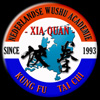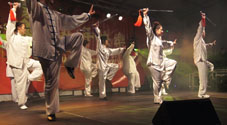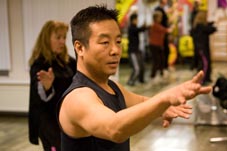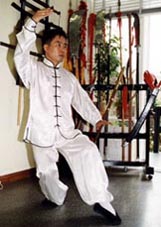 |
 |
| E-mail:
info@xiaquan.com |
| Nederlandse English |
 |
| Tai Chi (Taiji Quan) |
 |
 |
 |
Xia Quan Chi Kung |
Xia Quan Tai Chi Fan |
Xia
Quan Tai Chi zwaard |
|
|
|
|
Tai Chi les |
|
| Why Tai Chi? |
| In Tai Chi the movements are made slowly and fluently which stimulates the blood circulation and results in a better energy flow through. Muscles and joints are being used but will not be overloaded. The posture results in relieving the spinal column. The breathing is calm and relaxed. Learning and performing the movements requires concentration which is important for calming the mind and which therefore can be profitable in daily life. |
| The
coordination is improved and the complex movements are healing
for the central nervous system. Because of the specific way
of moving, whereby moving the body weight is required, the
balance may be improved and the risk of injuries resulting
from falling may be diminished. By moving combined with concentration the balance is improved, from a physical as well as from a psychological perspective. And last but not least; it is also just fun to learn something new and to do something with other people. The lessons are given in small groups. You don’t need to buy special sportswear. Comfortable clothing and gym shoes or sports shoes with a not too thick sole suffice. |
| Tai Chi also for 50 plus |
 |
 |
| Tai Chi les 2004 | Tai Chi les (Overschie 1996) |
 |
 |
| Tai Chi les 2008 | Tai
Chi fan 2008 |
| Sifu (Master) Kong |
| Lesson: |
| For Organizations: |
| School info: |
| Media: |
| Nederlandse Wushu Academie Xia Quan - Since 1993 - Address: Vijverhofstraat 64 3032 SN Rotterdam The Netherlands Tel: 010-425 82 77 Direct line: 06-53 18 03 49 (Tel: Monday ~ Friday 10:00 ~ 16:00 closed on Wednesday) E-mail: info@xiaquan.com IBAN: NL97INGB0004833239 BIC: INGBNL2A k.v.k.: 24386802 This site is created by Sarmad Habib, Shu Ming Tong and Kong F.W. 孔藩偉 © Copyright 2014 NWA All rights reserved |



